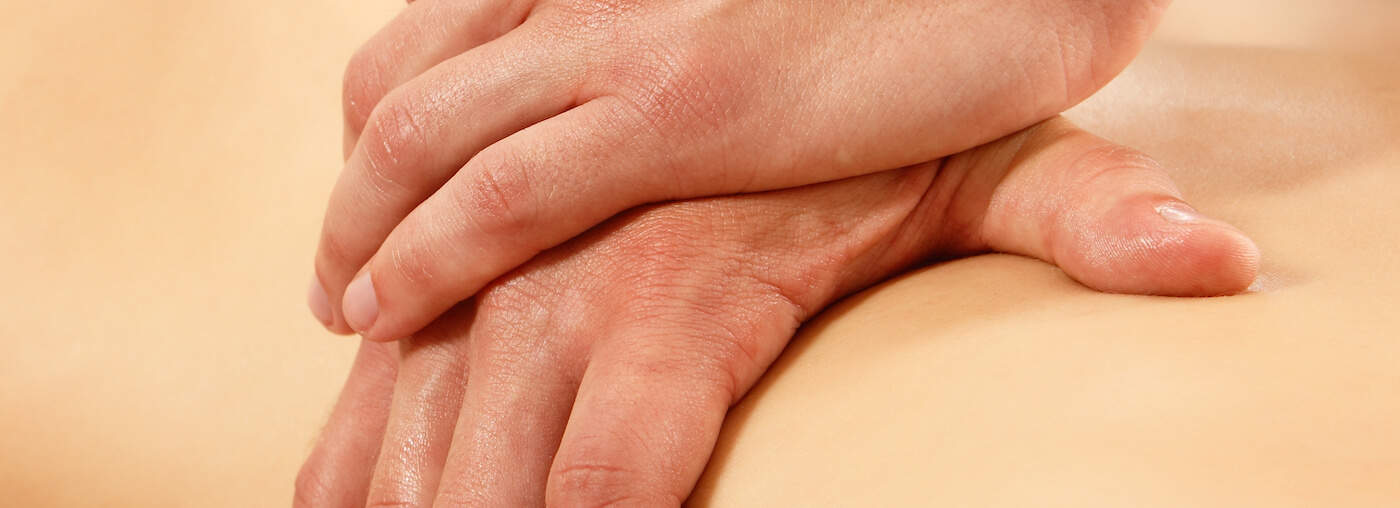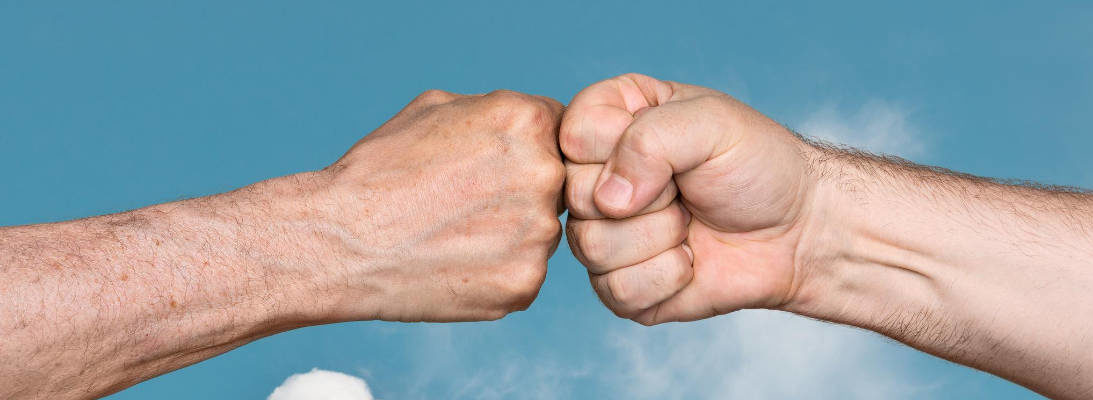This blog is from Kimberley Wilson who is a bona fide McKenzie Method fan. She loves the practicality of the McKenzie Method and the way it allows people to learn more about how to solve problems.
At the end of our Low Back Pain Prevention Month at Adelaide West Physio and Pilates, I thought it would be good to give you the lowdown on low back pain and how we approach it in the clinic.
Everyone knows someone who suffers or personally suffers from back pain. There are endless health professionals and therapists out there who offer endless treatment options, remedies and cures for your symptoms but which ones work?
Do you have to keep going back, week after week, month after month?
How would you feel if we could empower you to treat your own body?
To understand the reason for your symptoms and make yourself feel better?
The Mckenzie Method is a clinically proven assessment method which can be used not just for the back. It can actually be applied to the whole body. It is simple and effective. Most importantly it gives you skills and the ability to look after yourself.
How the McKenzie Method (MDT) started
The method was developed by Mr Robin Mckenzie during the 60’s (please note, he is no relation to Russell Mackenzie!).
Robin was a New Zealand Physiotherapist who developed his own examination and treatment methods. MDT is now internationally recognised as an effective method of assessing treating low back pain.
Robin developed this method by chance. A patient (he called him Mr Smith when he told the story) lay face down on a treatment table on which the back rest had been elevated.
Initially fearing the patient would be worse, the patient instead reported that he was the best he had been in 3 weeks. His pain had moved from his leg to his low back and was no longer in his leg. This was later defined as ‘centralisation’. Robin McKenzie realised that this change in location of the pain was significant when he saw the pattern emerge repeatedly with patients.
This initial ‘mistake’ demonstrated that body position could make a change to symptoms and lead to the development of a highly-researched method known today at Mechanical Diagnosis and Therapy (MDT).
There is an extensive list of scientific studies which have been carried out worldwide which demonstrate the efficacy of this method. If you are interested, you can access a list of these studies here.
How does MDT work?
The McKenzie Method is first of all an assessment system and classification system. It allows us to work out whether your symptoms are actually mechanical and if so, which exercises are going to work for you and allow you to manage your own pain.
We know that it is really important for anyone with pain to understand what is going on in their bodies and to be able to take control of their own symptoms.
You might find this surprising but we want you to be able to manage your own episodes of low back pain.
At Adelaide West Physio all of our physios are working towards being fully Credentialed McKenzie Therapists.
Because we are all trained the same, we all understand each other and we can support our clients in the best way possible. We won’t give you conflicting information or diagnoses (that is often the worst thing for a patient!)
This probably sounds counterintuitive!
What we love about the McKenzie Method is that it doesn’t rely on the identification of a particular structure or tissue that is at fault.
We do not attempt to focus on whether the injury is muscle, joint, ligament or disc. Instead, the diagnosis is based on the way the problem gets better with a particular movement or its ‘directional preference‘.
The identification of this directional preference allows us to prescribe exercises that you can do at home to help reduce your pain and put your body in the best position to heal.
When you see a trained McKenzie therapist, they will spend time working out the cause of your injury. They will then investigate the best movement for treatment and prevention.
You will leave with an exercise or two which will actually reduce your symptoms immediately. Sometimes this is a relatively simple process and other times requires a some careful problem-solving and investigation.
Let me give you a little idea of how this works….
Are you currently sitting?
Do you have any pain, tightness or aching?
If so, stand up and gently arch your spine backwards.
How does that feel ?
If it feels good then keep going, do ten repetitions of this movement and return to your chair.
Have your symptoms changed?
Most people sit with a flexed (rounded) spine for prolonged periods of time, loading body tissues in one direction. The arching exercise simply balances the flexion load with some extension load, and helps normalise the tissues.
Simple! Yin and Yang!
We are looking for immediate changes so if this doesn’t feel good straight away then it may not be the exercise for you. But with some assessment and guidance your Mckenzie-trained physiotherapist can help you find the correct balancing movements for your body.
Listen to your body! Its generally trying to tell you something.
If you need help with low back pain, call us on 8356 1000 or book online for a free chat with a physio.
Also, you can download our free guide called ‘Ultimate Guide to Low Back Pain Myths’.















